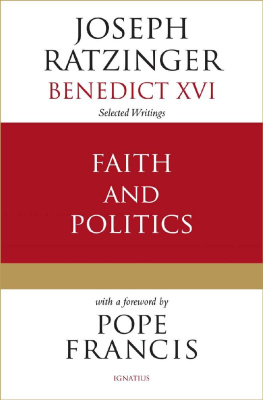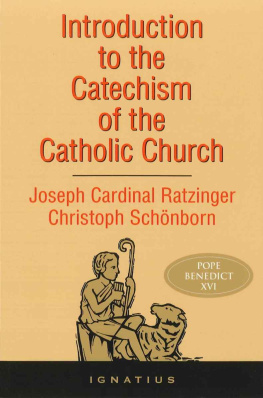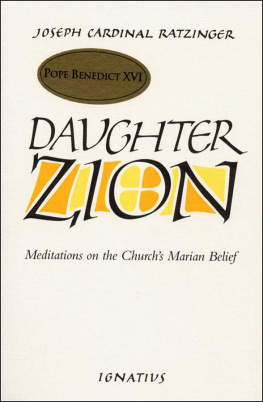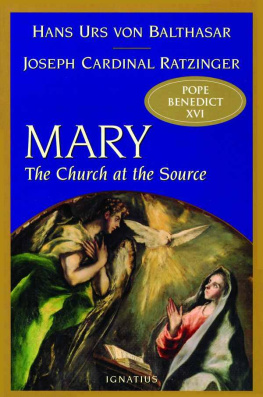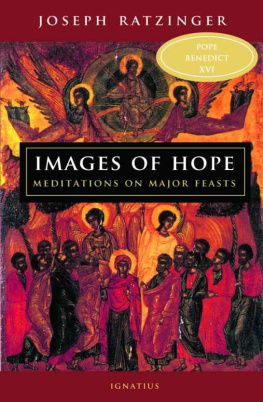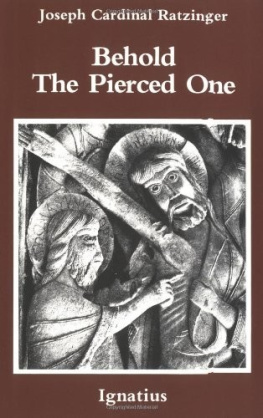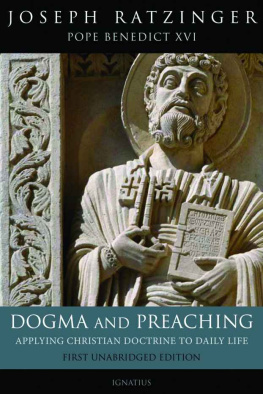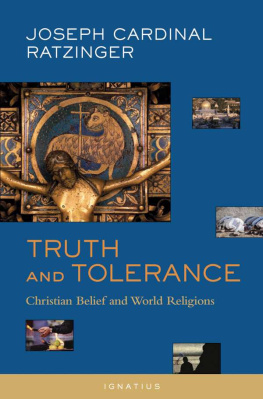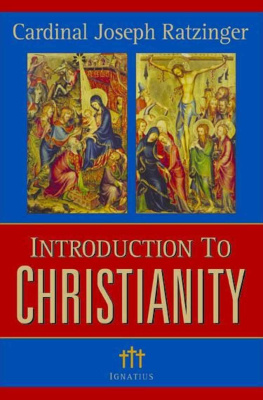Cardinal Joseph Bernardin - The Journey to Peace
Here you can read online Cardinal Joseph Bernardin - The Journey to Peace full text of the book (entire story) in english for free. Download pdf and epub, get meaning, cover and reviews about this ebook. year: 2007, publisher: The Crown Publishing Group, genre: Religion. Description of the work, (preface) as well as reviews are available. Best literature library LitArk.com created for fans of good reading and offers a wide selection of genres:
Romance novel
Science fiction
Adventure
Detective
Science
History
Home and family
Prose
Art
Politics
Computer
Non-fiction
Religion
Business
Children
Humor
Choose a favorite category and find really read worthwhile books. Enjoy immersion in the world of imagination, feel the emotions of the characters or learn something new for yourself, make an fascinating discovery.

- Book:The Journey to Peace
- Author:
- Publisher:The Crown Publishing Group
- Genre:
- Year:2007
- Rating:5 / 5
- Favourites:Add to favourites
- Your mark:
- 100
- 1
- 2
- 3
- 4
- 5
The Journey to Peace: summary, description and annotation
We offer to read an annotation, description, summary or preface (depends on what the author of the book "The Journey to Peace" wrote himself). If you haven't found the necessary information about the book — write in the comments, we will try to find it.
The Journey to Peace — read online for free the complete book (whole text) full work
Below is the text of the book, divided by pages. System saving the place of the last page read, allows you to conveniently read the book "The Journey to Peace" online for free, without having to search again every time where you left off. Put a bookmark, and you can go to the page where you finished reading at any time.
Font size:
Interval:
Bookmark:
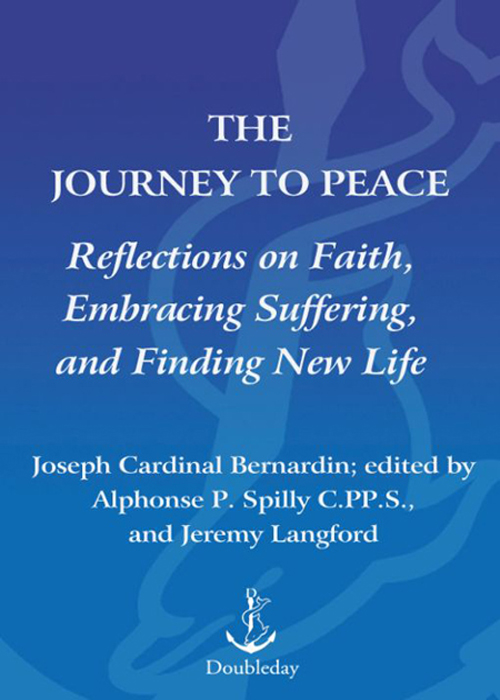
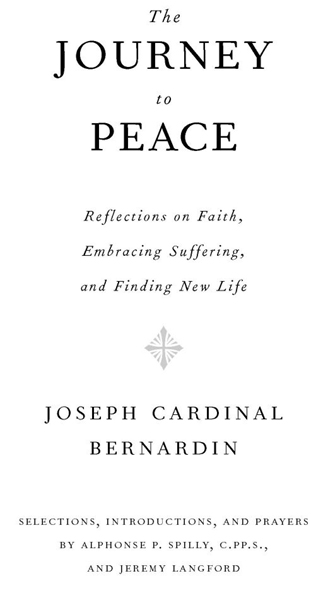
Table of Contents

PREFACE

When Cardinal Joseph Bernardin died on November 14, 1996, people around the globe mourned his passing. In Chicago, where Bernardin had served as archbishop since 1982, nearly 200,000 people of all ages, backgrounds and faiths, formed a continuous line around Holy Name Cathedral for forty-two hours to view the cardinals body lying in state and say good-bye. Bernardins funeral, televised across America and beyond, drew together leaders from many religions, dignitaries, clergy, religious, parishioners, family and friends. All those in attendance and tuning in from afar celebrated the cardinals earthly life and his passing into life eternal.
Following the funeral, thousands of us lined State Street outside the cathedral as the cortege prepared for its long, slow journey west through the city to Mount Carmel Cemetery in Hillside, Illinois, where Cardinal Bernardin was entombed that evening. As the pallbearers placed the cardinals casket inside the hearse and those in the procession climbed into their cars and broke the awed silence with the closing of their doors, a woman behind us whispered to her friend, What are we looking at? Help me place this event. What have we had in our midst?
The friend replied, scanning the crowd, A very special man.
Joseph Bernardin was a very special man indeed. He had always taken his priesthood, prayer life, spirituality and pastoral ministry very seriously. From the time he was diagnosed as having pancreatic cancer in June 1995 until he died in November 1996, he was often asked what he hoped to accomplish with his remaining time on earth. Bernardin made it clear that he had lived a full life and that, because he had focused on the essentials, he was not racing to make up for lost time. He explained that the greatest witness of his faith, the best sermon he could ever give, would be the way he lived out the rest of his life.
It was.
Ever the consummate minister, Cardinal Bernardin spent the final months of his life tirelessly reaching out to cancer patients and the terminally ill by praying with and for them, making personal visits, writing letters, and talking on the telephone. Though his cancer had gone into remission after surgery and treatment soon after it was diagnosed, he began to experience excruciating pain from spinal stenosis and the eventual collapse of four vertebrae. Yet his will to serve allowed him to transform his pain into deeper compassion for and commitment to those who needed him most. Up until two weeks before his death he continued to serve as Archbishop of Chicago, visiting parishes, speaking out against partial-birth abortion and physician-assisted suicide, helping to found the Catholic Common Ground Initiative and maintaining his communications with people of all ages who wanted to learn from his faith and his example.
Cardinal Bernardin took to heart Saint Jamess admonition Faith without works is dead. The son of Italian immigrants, Bernardin was instilled from youth with a strong work ethic. He viewed life as a precious gift and nurtured his relationship with God, the source of all, so that he could receive life, be life and share life with others. He truly believed that actions speak louder than words.
Yet among the many gifts of this special man was the ability to put his actions and convictions into words. A skilled speaker and writer, Bernardin carefully crafted his homilies, lectures, prayers, pastoral letters, press conferences, reports to Rome and personal correspondence. His obvious passion for the Word of God honed his keen sense of the power of words to touch peoples lives and open their minds, hearts and souls to the gospel message.
When on August 28, 1996, Cardinal Bernardin was told by his doctors that his cancer had returned after fifteen months of being in remission and that it was terminal, he did what he always had done when there was important news to share: He called a press conference. Standing before a crowded roomful of reporters only two days after hearing the news from his doctors, he explained that his cancer had spread to his liver, that he was going to try a new form of chemotherapy, and that he had to cancel his previously planned back surgery intended to relieve the pain along his spine.
In a remarkably personal moment, the cardinal said, Over the past year I have counseled the cancer patients with whom I have been in touch... to place themselves entirely in the hands of the Lord. I have personally always tried to do that; now I have done so with greater conviction and trust than ever before. While I know that, humanly speaking, I will have to deal with difficult moments, I can say in all sincerity that I am at peace. I consider this as Gods special gift to me at this moment in my life.
In the last months of his life, Cardinal Bernardin made it his mission to share his personal reflections and insights, most specifically by writing a book called TheGift of Peace. Using as a framework the last three years of his lifeyears that included a false accusation of sexual misconduct, which ended in a profound act of forgiveness and reconciliation with his accuser; the diagnosis of cancer and subsequent period of remission; and the return of the cancer and the freeing process of letting go and befriending deaththe cardinal invited people to walk with him the final miles of his lifes journey. He invited them to share in Gods gift to us all, the gift of peace.
Released two months after his death, The Gift ofPeace became a national bestseller and remained so for over four months. It has appeared in twelve foreign editions, reaching across geographic, racial, ethnic and religious boundaries.
WE WERE BOTH PROFOUNDLY PRIVILEGED to work with Cardinal Bernardin on The Gift of Peace. And we remain dedicated to preserving his legacy by making his thought as widely available as possible.
Soon after Cardinal Bernardins death, the idea for this book was born. The cardinal had reached people by sharing his story, his struggles, his faith and his acceptance of Gods gift of peace. But he also left us all wanting more.
Being as prolific and organized as he was, by the time of his death Cardinal Bernardins archives included over fifteen hundred homilies. As we thought of ways to organize selections from a portion of these homilies into a book, it became clear that the Stations of the Cross provided a very appropriate framework. Bernardin himself had used the Stations to enter more deeply into the mystery of Jesus suffering, death and resurrection. He believed that the Stations help us all to walk with Jesus and recognize that Jesus walks with us through this life and into the next.
Though he did not write or preach precisely about the Stations themselves, his words often illuminated aspects of Jesus suffering, death and resurrection in new and timely ways. In March 1995 Cardinal Bernardin made a historic trip to the Holy Land and walked the Way of the Cross in person with an interfaith delegation of Jews and Catholics. The event touched him deeply, walking where his Savior had walked on the journey to Calvary. For the cardinal, the journey with Jesus is truly the journey to peace and freedom.
The Journey to Peace: Reflections on Faith, Embracing
Next pageFont size:
Interval:
Bookmark:
Similar books «The Journey to Peace»
Look at similar books to The Journey to Peace. We have selected literature similar in name and meaning in the hope of providing readers with more options to find new, interesting, not yet read works.
Discussion, reviews of the book The Journey to Peace and just readers' own opinions. Leave your comments, write what you think about the work, its meaning or the main characters. Specify what exactly you liked and what you didn't like, and why you think so.

